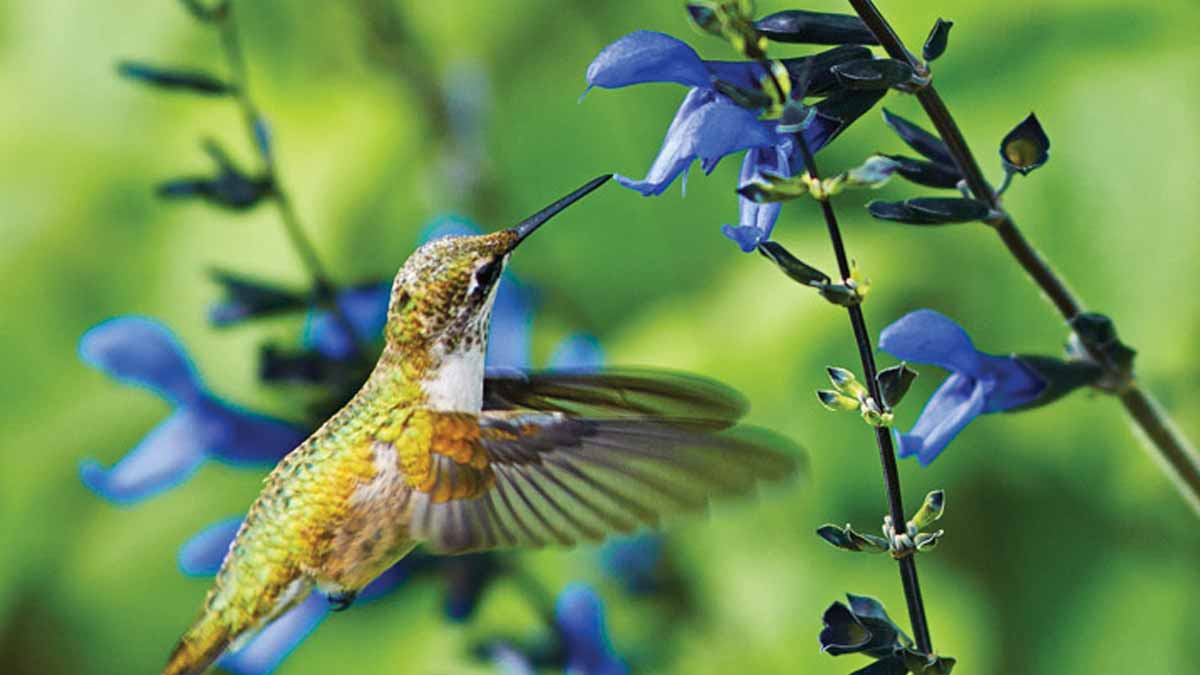A small decision now can shape a bright spring later, because timing quietly does the work. In October, soil stays warm while nights cool, so roots settle fast and buds form early. Choose smart companions and your beds will hum when migration cycles align. Planting nectar powerhouses now sets the stage for vivid color and quick visits, since birds seek dense, sugary blooms. Start with two proven magnets and let flowers guide the plan without giving everything away.
Why October Planting Sets Up Spring Visits
Cool nights and mild days create steady moisture, so transplants root without heat stress. Fall soil still holds warmth, which speeds establishment before winter dormancy. When spring light returns, plants wake strong and bloom sooner. This quiet head start attracts early visitors looking for reliable nectar after long flights.
Dianthus thrives in cool weather and handles light frosts, so autumn suits it well. Many hardy annual types survive chilly snaps, and herbaceous perennials die back after frost yet reappear in spring. Because they build roots now, their first flush is fuller. That vigor matters, since hummingbirds prefer dense, continuous color over sparse scatterings of blooms.
Salvia prefers warmth and endures drought, though certain perennial kinds start early. Pairing a cool-season dianthus with an early-blooming salvia staggers timing while overlapping nectar. Plant both close, since birds choose concentrated patches. One tight bed beats scattered edging. In short, think in clusters, keep gaps small, and let flowers share the same sun.
Pair flowers With Purpose: Dianthus and Salvia
Dianthus (Dianthus spp.) offers spicy fragrance, tidy mounds, and crisp petals. Many cultivars, set in fall, handle light frost and then push growth as days lengthen. Perennial types retreat after hard freezes and then rebound, which protects crowns. Because they’re compact, borders look neat while buds pop in waves through the season’s first weeks.
Choose the right salvia (Salvia spp.) for October. Many species love heat; however, certain perennials build roots in cool weather and bloom early. Skip annual salvias in fall, since they won’t overwinter reliably. Woodland sage (Salvia nemorosa) fits the bill, with hardy performance in zones 4–8 and flower spikes that begin around or after dianthus.
Set a rhythm: transplant dianthus now, then seed or plant perennial salvia. Most salvias can be direct seeded, while dianthus typically goes in as a transplant. One exception, sweet William (Dianthus barbatus), can be direct seeded in fall for cold exposure. That natural chill strengthens sprouting in spring, and the thicker stand keeps flowers within easy reach.
Site, Soil, and Care That Speed Bloom
Sun builds nectar. Choose full sun for most beds, though morning light with mild afternoon shade works in hot pockets. Ensure airflow so leaves dry quickly. Birds spot color faster when stems stand above surrounding greenery, and they move bed to bed more often when sightlines are clear and nectar sources stay consistent.
Soil should drain well. Blend compost for structure and steady moisture; avoid heavy, soggy soil that chills roots. After planting, water to settle air pockets, then keep evenly moist through the first frost. A light mulch helps regulate swings, though keep it clear of crowns. Good drainage protects dianthus crowns and supports salvia’s strong root system.
Maintenance shapes the show. Deadhead spent dianthus blooms to push fresh buds. For salvia, trim lightly after an early flush to trigger more spikes. Feed sparingly, since rich soil and sun usually suffice. Because birds return to reliable nectar, a steady bloom cycle matters. Keep routines simple, and let flowers reward that consistency.
Timing, Zones, and How These flowers Sync
Choose perennial salvia for fall planting; annual types wait for spring. Woodland sage starts around or after dianthus, so nectar overlaps. That overlap matters when migrants pass quickly. As temperatures rise, salvia stretches bloom time, and dianthus continues in waves, so you hold attention during the crucial early weeks of visits.
Match hardiness to your climate. Woodland sage performs in USDA zones 4–8, while sweet William thrives in zones 3–9. Cottage pink (Dianthus plumarius), hardy in zones 3–9, typically blooms in May, which aligns well with early hummingbird sightings. Fall planting helps both genera build roots, so stems stand ready when days warm.
Direct sow where it makes sense. Many salvias start well from seed in place, while dianthus generally prefers transplanting. Sweet William is the notable exception, since fall sowing grants necessary cold exposure. Keep rows neat and spacing consistent so airflow remains good and birds can hover easily. With smart sequencing, flowers carry the show.
Design Ideas and Companion Planting That Boost Activity
Think in blocks, not stripes. Bed depth matters more than length because birds patrol concentrated areas. Combine dianthus at the front with salvia spires behind to create height and color contrast. Repeating this pattern across the garden sets visual beacons, so hungry visitors spot nectar quickly as they move between sheltered resting spots.
Color contrast increases hits. Use pinks and whites from cottage pinks, then add violet or blue woodland sage spikes. That mix stands out against green foliage, and it reads well at speed when birds hover briefly. Because movement cues feeding, place beds near a quiet seating area, so you can watch without disturbing delicate behavior.
Add texture, not fuss. A gravel edge sharpens drainage and keeps crowns dry. Low herbs make a soft skirt while leaving bloom clusters visible. Avoid chemical sprays near nectar sources, and keep watering lines under mulch to reduce evaporation. With practical design and simple care, flowers stay fresh and nectar flows through peak hours.
Small autumn choices now for a thrilling spring welcome
Planting during October leverages soil warmth, cool nights, and open schedules. Dianthus builds winter-ready roots, then rebounds as days lengthen. Perennial salvia follows close behind, so nectar overlaps when migration passes. With dense planting, tidy care, and zone-smart picks, your beds will hum with quick wings and bright color, while flowers carry the promise you set in motion.
